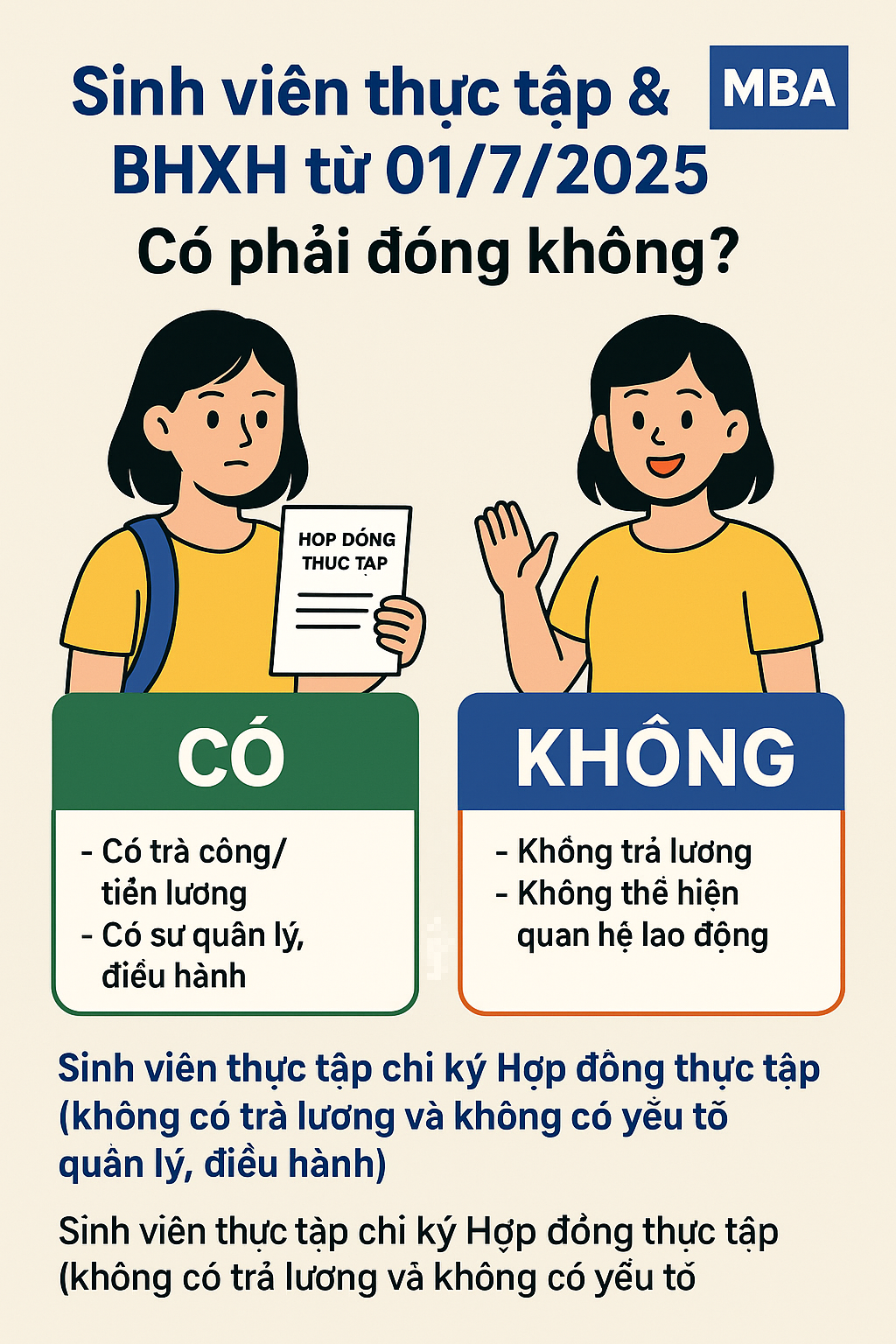In the rapidly evolving world of digital gaming, creating an engaging and intuitive user experience is paramount. Central to this goal are visual cues—the graphical elements and signals that guide players seamlessly through gameplay. These cues serve as silent communicators, helping players understand what to do, where to focus, and how to interpret the game environment without overwhelming them with information. Effective visual cues can significantly boost player engagement, satisfaction, and overall immersion, making the gaming experience both enjoyable and accessible.
Table of Contents
- Fundamental Principles of Visual Cues
- Types of Visual Cues and Their Functions
- Enhancing Usability and Accessibility
- Case Study: Visual Cues in «Golden Empire 2»
- Modern Innovations in Visual Cues
- Non-Obvious Aspects of Visual Cues
- Designing Effective Visual Cues
- Future Trends and Challenges
- Conclusion
Fundamental Principles of Visual Cues
Clarity and Intuitiveness in Design
A critical aspect of effective visual cues is clarity. Players should immediately recognize what a cue indicates without confusion. For example, in many modern games, a glowing border around an interactive object signals that it can be interacted with. This visual signal relies on familiar metaphors—glow or shimmer—that instinctively suggest interactivity. Clarity ensures players can quickly interpret cues, reducing frustration and streamlining decision-making.
Consistency and Learnability
Consistency in visual cues helps players develop a mental model of the game environment. If a specific color or symbol consistently indicates a particular function—such as red for danger or a specific icon for a quest—players learn to interpret these cues quickly over multiple sessions. This repeatability enhances learnability, making the game more accessible, especially for new players.
Balancing Visual Prominence without Causing Distraction
While cues need to stand out enough to be noticed, excessive prominence can distract from core gameplay. Achieving this balance involves using subtle animations or color contrasts that draw attention without overwhelming the player. For instance, a pulsating icon may indicate an active quest, but if it’s too bright or animated excessively, it might distract from the main task. Designers often utilize principles from visual hierarchy to maintain this balance.
Types of Visual Cues and Their Functions
Highlighting Interactive Elements (Buttons, Symbols)
In many games, interactive elements are visually distinguished through highlights, shadows, or animated borders. For example, in a role-playing game, clickable objects like chests or NPCs might glow or pulse to indicate their interactability. This immediate visual feedback helps players identify actionable items quickly, streamlining gameplay and reducing confusion.
Indicating Game States and Progress (Animations, Color Changes)
Visual cues like color shifts and animations effectively communicate game states. For example, a health bar might turn red as health decreases, immediately alerting players to danger. Similarly, progress bars fill gradually, providing a clear sense of advancement. These cues reduce the need for textual explanations and allow players to interpret their status at a glance.
Providing Feedback and Alerts (Pop-ups, Flashing Effects)
Timely feedback is crucial for maintaining player awareness. Flashing effects or pop-up messages notify players about important events, such as completing a level or encountering an error. For instance, in competitive games, flashing red borders might alert players to low health, prompting immediate action. Such feedback mechanisms help players stay engaged and responsive.
Enhancing Usability and Accessibility through Visual Cues
Assisting Players with Different Skill Levels and Backgrounds
Visual cues play a vital role in making games accessible to a diverse audience. For example, color-coded indicators help players quickly interpret threats or objectives regardless of language proficiency. In «Golden Empire 2», high-value symbols like golden masks and jade artifacts serve as visual landmarks, guiding both new and experienced players through complex game mechanics without needing extensive tutorials. This approach aligns with research indicating that intuitive visual signals reduce learning curves and increase retention.
Reducing Cognitive Load and Confusion
By providing clear and consistent visual cues, developers minimize cognitive overload. For instance, using familiar icons and standardized colors allows players to process information quickly, freeing cognitive resources for strategic decision-making. This principle is evident in the way game interfaces highlight critical information, such as turbo modes in «Golden Empire 2», which visually signal increased speed and excitement through dynamic animations, reducing the need for textual explanations.
Examples of Inclusive Visual Cues in Modern Games
Modern games increasingly incorporate inclusive visual cues to cater to diverse players. Examples include high-contrast modes for color-blind players, subtitles with visual indicators for sound cues, and customizable UI elements. These adaptations ensure that visual cues serve all players effectively, enhancing overall accessibility and enjoyment.
Case Study: Visual Cues in «Golden Empire 2»
Use of High-Value Symbols as Visual Highlights
In «Golden Empire 2», high-value symbols such as golden masks, the bird deity, and jade masks serve as visual anchors that draw players’ attention to key elements. These symbols, designed with vibrant colors and intricate details, act as intuitive cues for valuable rewards and special features. Their strategic placement and visual distinctiveness contribute to guiding players through complex bonus rounds and increasing engagement.
Turbo Modes Signaling Increased Speed and Excitement
Turbo modes in the game visually communicate heightened pace and thrill through animated effects, such as rapid flashing or pulsating borders. These cues are subtle yet effective, signaling players to anticipate faster gameplay without breaking immersion. This example highlights how motion and visual prominence can enhance emotional response and player excitement.
Visual Indicators for Game Interruptions and Rules
After disconnects or rule violations, «Golden Empire 2» employs visual signals such as fairness indicators or countdown timers to reassure players of game integrity. These cues foster trust and clarity, ensuring players understand game status even during disruptions. This approach exemplifies the importance of thoughtful visual signaling in maintaining a positive user experience.
Modern Innovations in Visual Cues
Dynamic and Adaptive Visual Cues Based on Player Behavior
Recent advances utilize AI and player data to tailor visual cues dynamically. For example, if a player struggles with certain mechanics, the game might provide more prominent hints or simplified visuals. Conversely, experienced players might receive subtler signals, reducing clutter. Such adaptive cues enhance personalization and help maintain engagement across skill levels.
Integration of Subtle Cues to Enhance Immersion
Innovative games incorporate subtle visual cues—like ambient lighting or gentle motion—to deepen immersion. These cues often operate below conscious awareness but influence mood and focus. For example, a shifting color palette might hint at upcoming dangers or narrative shifts, seamlessly blending gameplay and storytelling.
Use of Animations and Motion to Convey Information
Animations serve as powerful visual cues. For instance, in «Golden Empire 2», spinning symbols or pulsating borders indicate active bonuses or special features. Motion naturally attracts attention, guiding players effortlessly without disrupting their focus on core gameplay.
Non-Obvious Aspects of Visual Cues
Cultural Symbolism and Its Influence on Visual Design Choices
Designers often embed cultural symbols into visual cues to resonate with diverse audiences. For example, in games themed around ancient civilizations, symbols like hieroglyphs or mythological motifs serve as cues that evoke authenticity and emotional connection. Understanding cultural symbolism enhances the effectiveness of cues by aligning them with player expectations and backgrounds.
Psychological Effects of Color and Shape in Cue Effectiveness
Colors and shapes influence subconscious perceptions. Warm colors like red and orange can evoke excitement or urgency, while cool colors like blue suggest calmness or stability. Shapes such as circles imply harmony, whereas sharp angles signal danger or action. Effective use of these elements enhances cue clarity and emotional impact, guiding players’ reactions intuitively.
Potential Pitfalls: Overloading Players with Visual Information
While visual cues are essential, excess signals can overwhelm players, leading to confusion or fatigue. For example, cluttered interfaces with too many flashing icons can distract from gameplay. Designers must prioritize cues, ensuring they are meaningful and unobtrusive, thereby maintaining a clean visual hierarchy and enhancing overall user experience.
Designing Effective Visual Cues: Best Practices and Guidelines
<h3 style=”font-family: Arial, sans-serif; font-size: 1.






